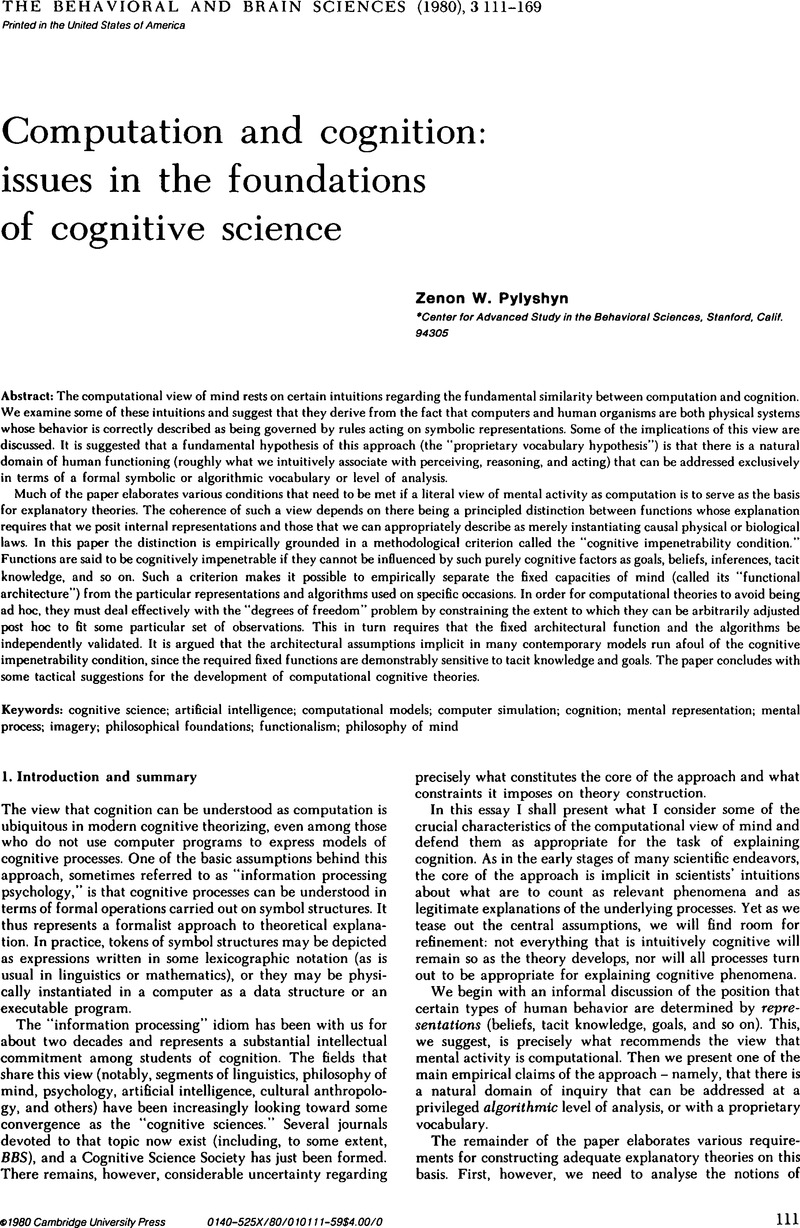Crossref Citations
This article has been cited by the following publications. This list is generated based on data provided by Crossref.
Lutfi, Robert A.
2007.
Auditory Perception of Sound Sources.
Vol. 29,
Issue. ,
p.
13.
Mazor, Stanley
2008.
Fairchild Symbol Computer.
IEEE Annals of the History of Computing,
Vol. 30,
Issue. 1,
p.
92.



